New – the Phoenix is now online! https://www.digifind-it.com/phoenix/views/home.php
COVID takes a Brooklyn newspaper pioneer
by George Fiala
Michael A. Armstrong, originally from the state of Washington, but who spent the majority of his 79 years in Boerum Hill, passed away last month after spending 17 days on a ventilator at Methodist Hospital. Dnynia, his wife and publishing partner, succumbed a month earlier, after contracting the virus at the Cobble Hill Health Center.
I worked for Mike for a decade, as did a whole host of young people whose first stop on a successful career in journalism was the Phoenix office, first at 155 Atlantic Avenue, and later at 395 Atlantic.
This newspaper exists mostly because of what I learned from Armstrong, who was expert at taking ‘diamonds in the rough’ and teaching them the ropes. It was probably the best education that any aspiring newspaper person would ever want (although we may not have all realized that at the time).
Graduates of the Phoenix include Pulitzer Prize winners, reporters and editors for the NY Times, Washington Post, The Guardian, Business Week, New York Magazine; authors of major best sellers and major motion pictures, and contributers to publications such as the NY Review of Books and Esquire. Others have gone on to successful careers in politics, business and the non-profit world.
It’s still hard to believe I can’t stop by his State Street house and shoot the breeze with him when in the neighborhood. He was as active in his work as ever, despite being almost 80, and without the virus would have continue on for many years, contributing his acerbic commentaries to anyone lucky enough to be in the vicinity.
I am lucky to be be publishing bylines from these two excellent writers who spent time at the Phoenix. Tracy Garrity came to the Phoenix after a stint at the Brooklyn Paper, and ended up as the features editor for the Reading Eagle. Peter Haley, who wrote a political column called Haley’s Comet, has spent a career in sales and government service
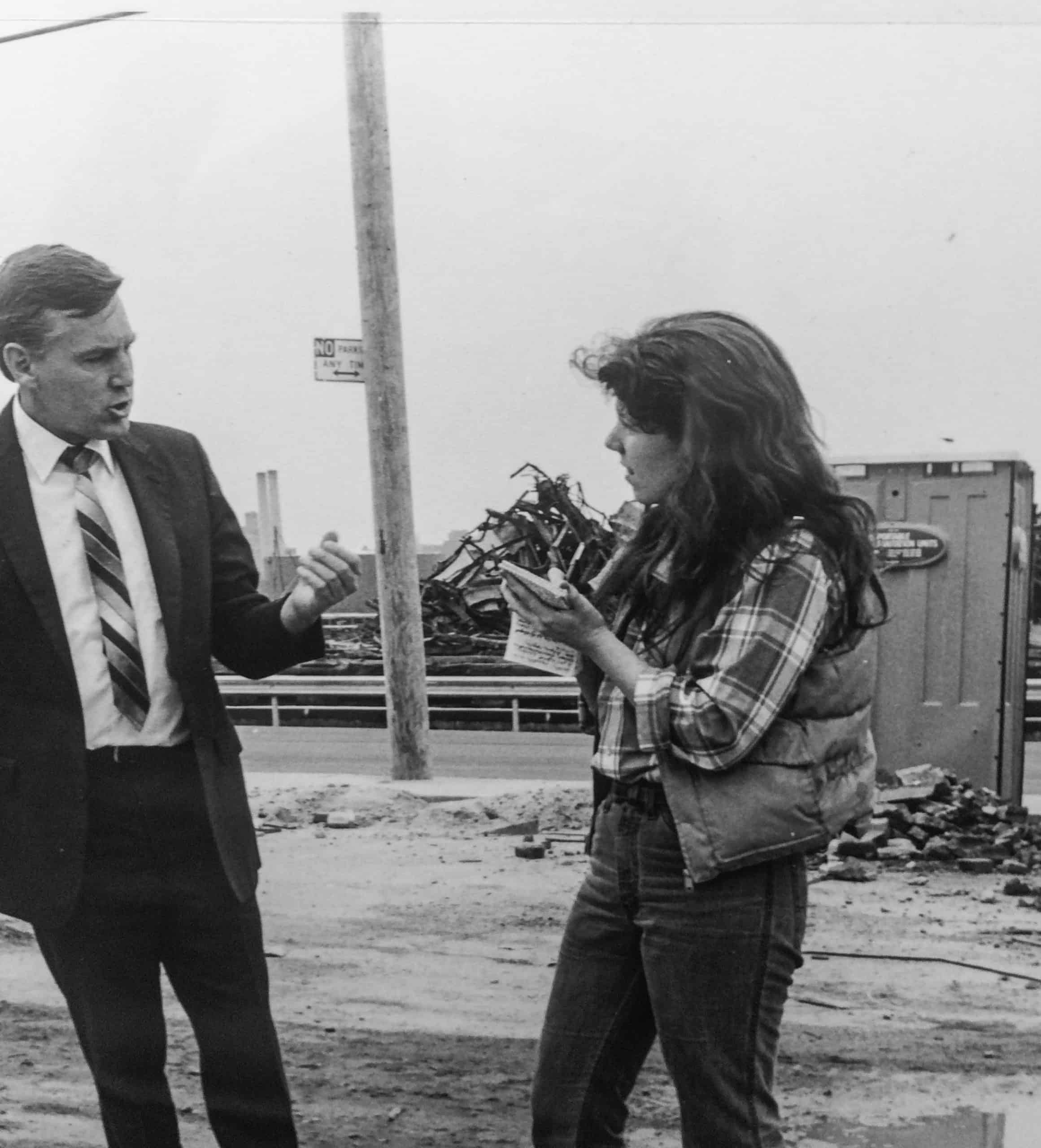
Newspaper boot camp
by Tracy Garrity Rasmussen
Working for the Phoenix wasn’t so much as a job as a calling.
You’d work six days a week, sometimes 12 hours a day. You’d get yelled at regularly for infractions as major as missing a scoop and as minor as tossing a press release without reusing the back to type copy. Your paycheck bounced nearly as often as it cleared. The line between student and servant, ally and adversary often blurred.
Yet an army of great journalists did their bootcamp there because Mike Armstrong was the quintessential newspaper drill sergeant, and if you put in the time, fished the press releases out of the trash, caught your bouncing checks and listened through the meltdown for the message, you’d end up a damn fine reporter.
I was there in the mid 1980s, writing, editing, taking photos and smoking endless chains of cigarettes. Not too long before he died Mike reminded me that I once interviewed a cow. I wrote about corruption and business (Mike started Brooklyn, Inc. while I was there) and community boards and school boards and the arts. I wrote headlines and cutlines and editorials. I took photos and phone calls and the occasional notes at a staff meeting.
I’d walk the four blocks home to my basement brownstone apartment after midnight most Monday nights, locking up the Phoenix office knowing I’d be back in just a matter of hours to wax copy and find space for it on the pages that hung around the production room like family snapshots. Late Tuesday night (sometimes earlier in summer when the papers were smaller and the poor air conditioning made us work more quickly) we’d send the paper off, clean up the half-smoked, half-chewed cigars from the production tables and scatter to our homes, or bars or, in my case, Dnynia’s office for a cigarette and a chat. She was always there for advice – although more in the “what the hell were you thinking” vein than the kindly newspaper matriarch’s yin to the volatile patriarch’s yang. She was able to talk just as expertly on how to get rid of water bugs in the bathroom as how to eradicate a broken heart.
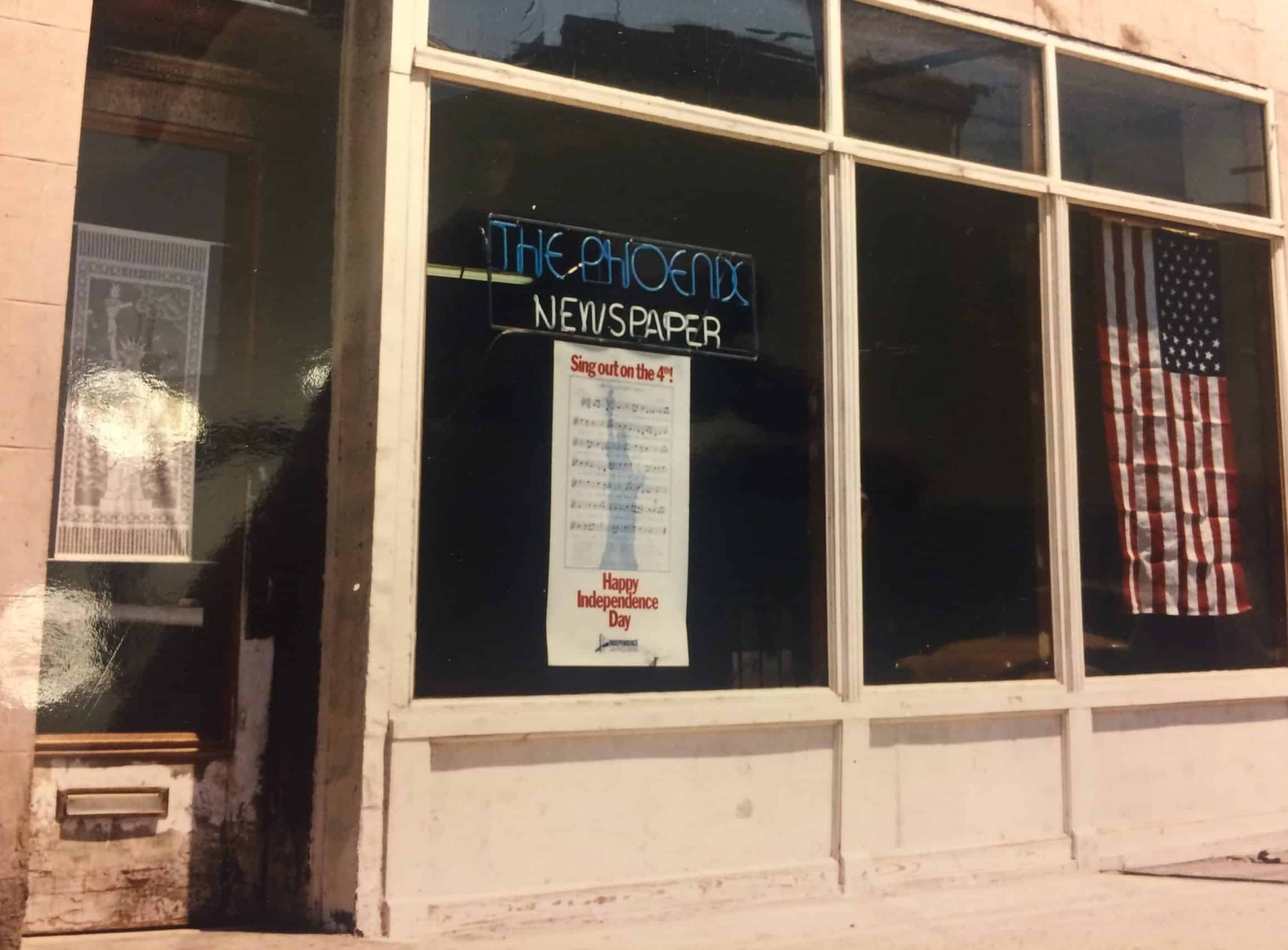
Together, for those couple of years I worked there, they were my family. And I can say now in my sadness for their loss: a pretty fine family they were. When my brownstone was robbed, Mike was the first one I called and the first one to arrive to my rescue. When we lost touch after years of different jobs and the unimaginable demise of the Phoenix, he found me on Facebook to compliment my work as a journalist and as a parent to twins. When I left the Phoenix, Mike gave me the gold pocket watch he often checked when we were long past deadline.
I am a better journalist for knowing them and Brooklyn is a better place because they loved it so. I often speak with fondness of the grueling brain work that was putting out the Phoenix, but not because I’ve forgotten the burn out that plagued me or the debt I accrued. It is because more than any other person and any other workplace, Mike taught me to understand the incontrovertible power of a good story, told truthfully and well.
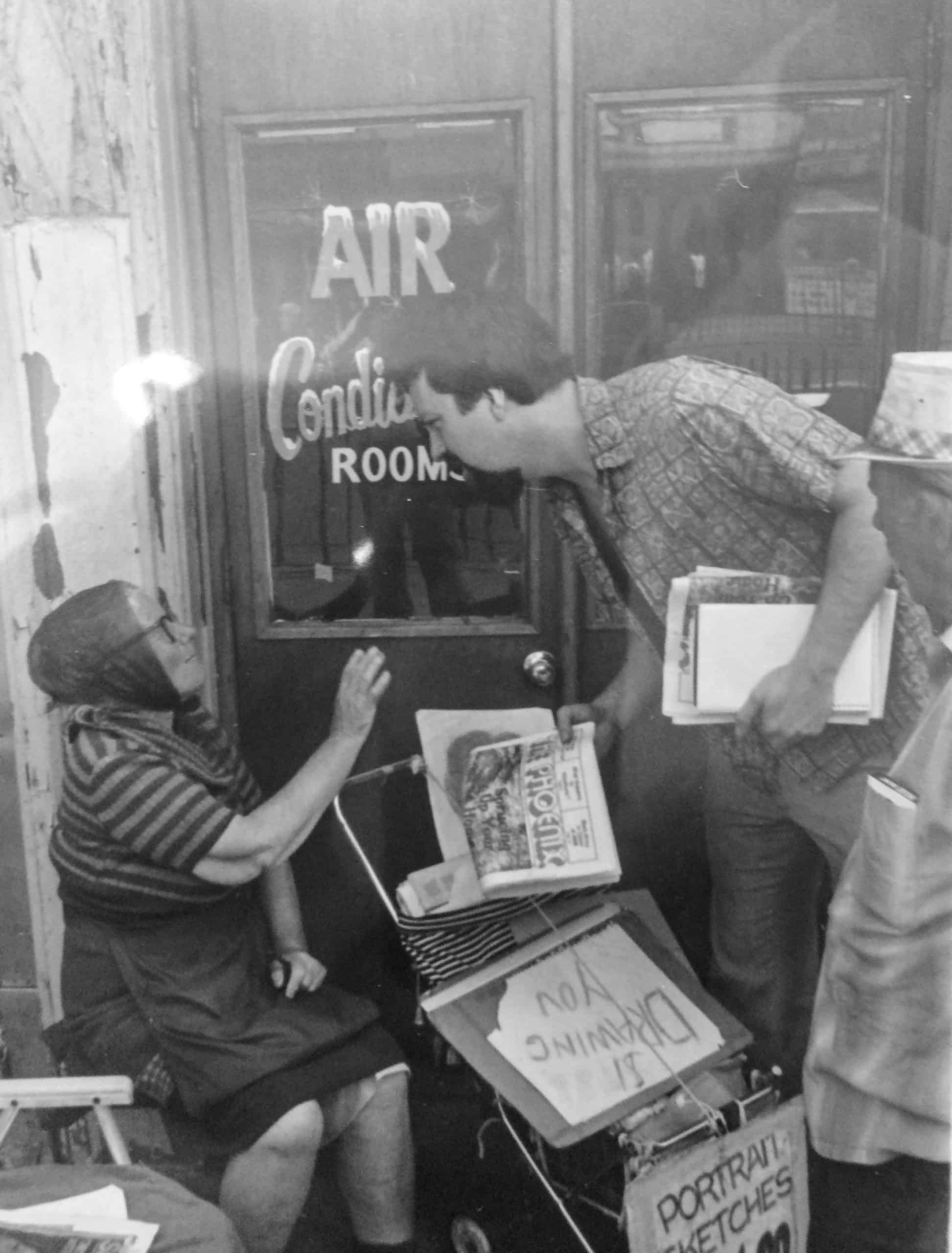
Remembering Mike and the Phoenix.
by Peter Haley
From 1976 thru April ’79 I worked directly for the Brooklyn Phoenix. Prior to that, I worked with Mike Armstrong at starting up a newspaper in Williamsburg, the Williamsburg Advocate, which failed because we could not build enough advertising revenue in this mostly Hispanic and Hasidic community.
But based on that effort, Mike encouraged me to join up at his still young Phoenix newspaper, first as a salesman of its advertising and then later as a reporter.
Mike loved the local community politics and news of brownstone Brooklyn: Brooklyn Heights, Cobble Hill, Boerum Hill, eastward to Fort Greene, south to Park Slope and then to Red Hook. He took this love to Williamsburg and then later to the Village in Manhattan with the Villager newspaper, where he took over an ongoing business and kept the ball bouncing.
But my work with Mike was with the Phoenix. And as the saying goes, he “brought a lot to the table” to North Brooklyn’s civic, cultural and political communities. He was a pioneer both in local newspaper publishing and, indeed, in homesteading a much wilder, untamed Brooklyn than today.
But working there in the mid ‘70s was, as a fellow newspaper person put it, like the “‘60s never died.” We weren’t dropping acid, of course, but definitely dropping the conventional neckties and button-down collars that awaited many of our buddies. There were shades of the Vietnam war, dodging the usual “draft” into the white-collar army of banks, government and business offices that led them to steady pay and soon bigger pay, in favor of publishing a weekly newspaper.
Meanwhile, Mike was the ringmaster of the circus.
He chased after “redlining” Brooklyn banks that often withheld mortgages from locals seeking to buy houses because the areas of Boerum Hill, Park Slope, Cobble Hill, and Fort Greene didn’t have a future as far as they saw.
Mike helped open their eyes to the brownstone rebellion led by a new breed of folks, many of them like him who didn’t want to march off to the suburbs. And aided by the Brooklyn Union Gas company, Borough Hall and various neighborhood associations, he boosted Brooklyn.
The Phoenix under Mike pushed on, writing about the struggles of the then still to be born River Café or the “discovery” of the Arab and Italian enclaves that enriched restaurants and food shops on Atlantic Avenue, Court Street and beyond. And always covering local community board meetings and every whisper of real estate development worth hearing. Likewise, the Phoenix reveled in the “reform” versus “regular” battles of the Democratic Party as well. BAM, the Brooklyn Museum, the Brooklyn Arts and Cultural Association and others were covered.
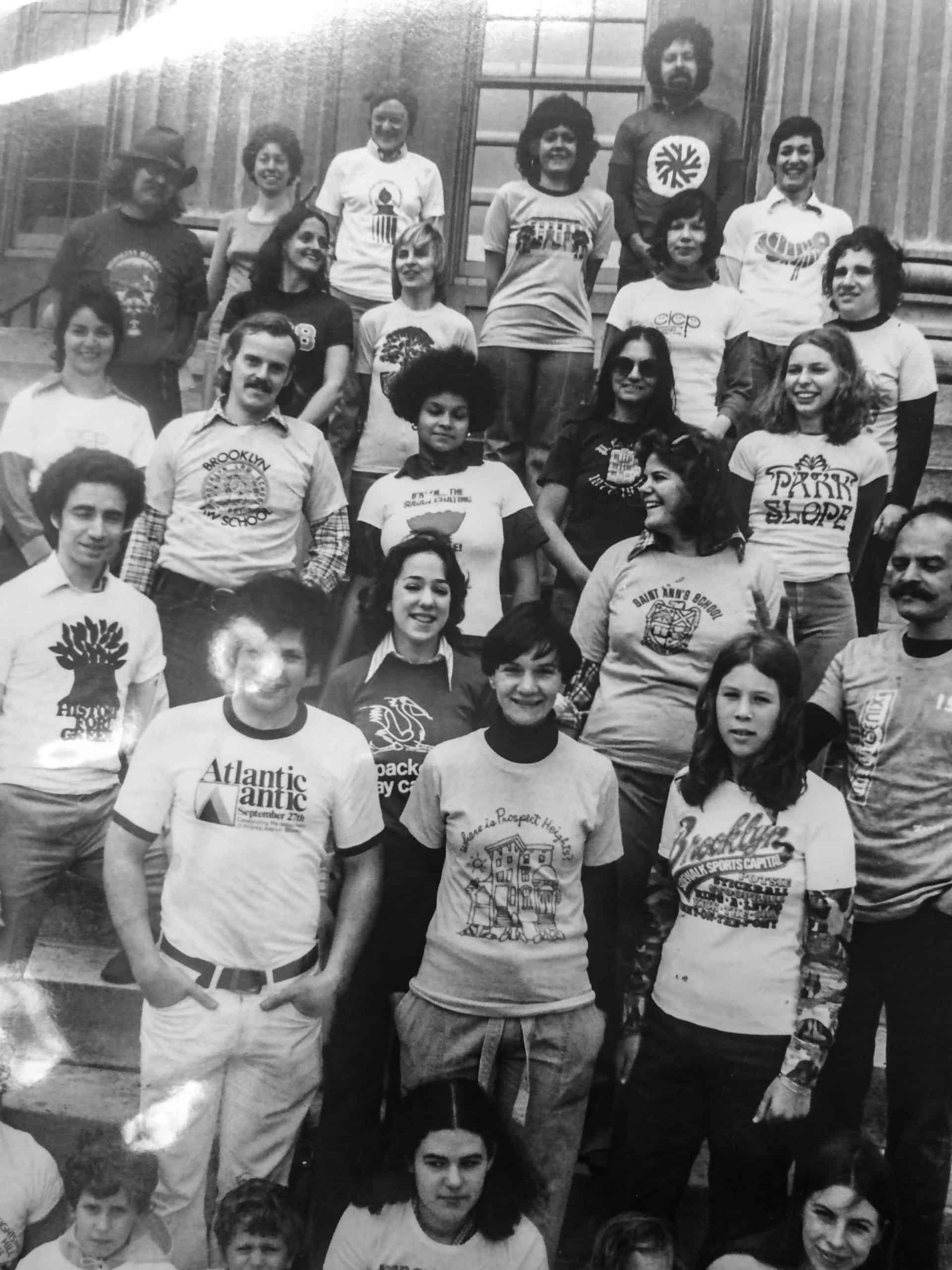
We started out at a storefront on 155 Atlantic Avenue, near the waterfront, and then moved east to 395 Atlantic, our own three-story building.
Mike’s management style was tumultuous for the most part anyway, but the paper’s open door policy extended to friends and family of the employees, self-styled community activists, potential advertisers, et al, many of whom would just walk in off the street to buttonhole editorial and advertising people and circulate.
Editorial functioned with a slow start with phone calls on Wednesday by reporters to line up likely news stories. Conference with Mike and/or editor later that day or early Thursday to get story ideas approved, assigned and started. Meanwhile work went on, with sales folks on the phone or else hitting the streets for close encounters with the various retailers, restaurants and other would be clients.
Back at the office, reporters would be banging out copy on old stand up typewriters with old desks and chairs, bare floors mostly with some area rugs. And then the fun began, arguing with the editor and/or Mike that your story was good, indeed, great. Or becoming convinced yourself that it was a dog and should be let out into the backyard of stories-to-come – only to be told, “We don’t have enough copy yet, write up something.”
For Friday these relaxed outlooks were fine and the wee-end was off. But by Monday, print product was cooking, new ads (hopefully ) were coming in, classified ads filling up. And Tuesday it was all out of the oven, stories searching for photos, cursory fact-checking and things coming to a head.
By Tuesday evening, most reporters fled the premises, leaving the editor, Mike, the layout and copy people taking over. And Mike would be in earnest like both an expectant father and an angry midwife trying to bring this week’s baby – 24 or 32 pages of print – home in time to Expedi Printing, at that time located in now plush Greene Street in Soho, run by Sam Chen, to get published on Wednesday. Changes to copy, layout and content went on and were reconsidered until finally the new baby was born!
And sometimes this would run into the early Wednesday am hours – no matter, it had to happen.
And then it was Wednesday pm and time to start all over again.
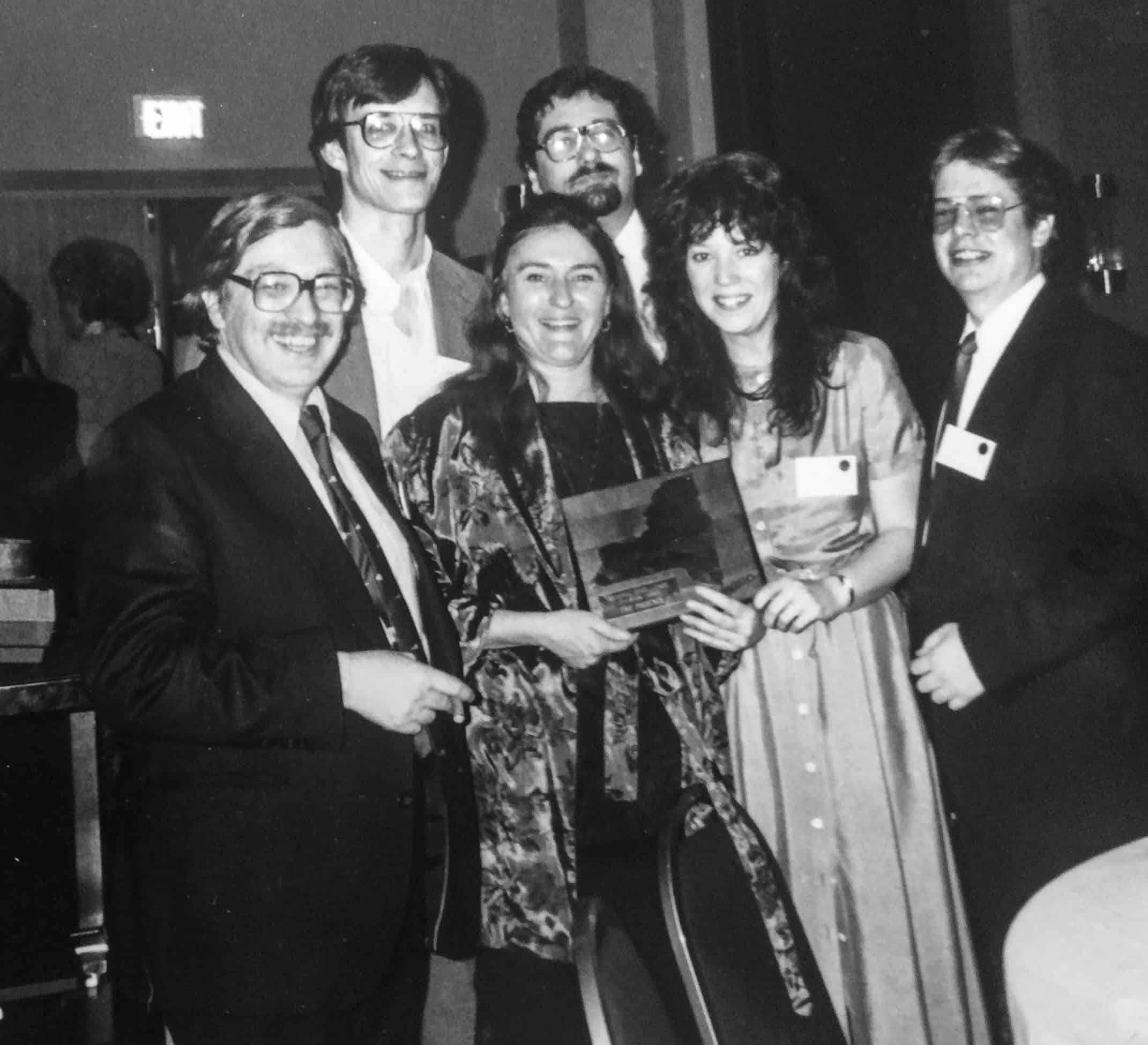
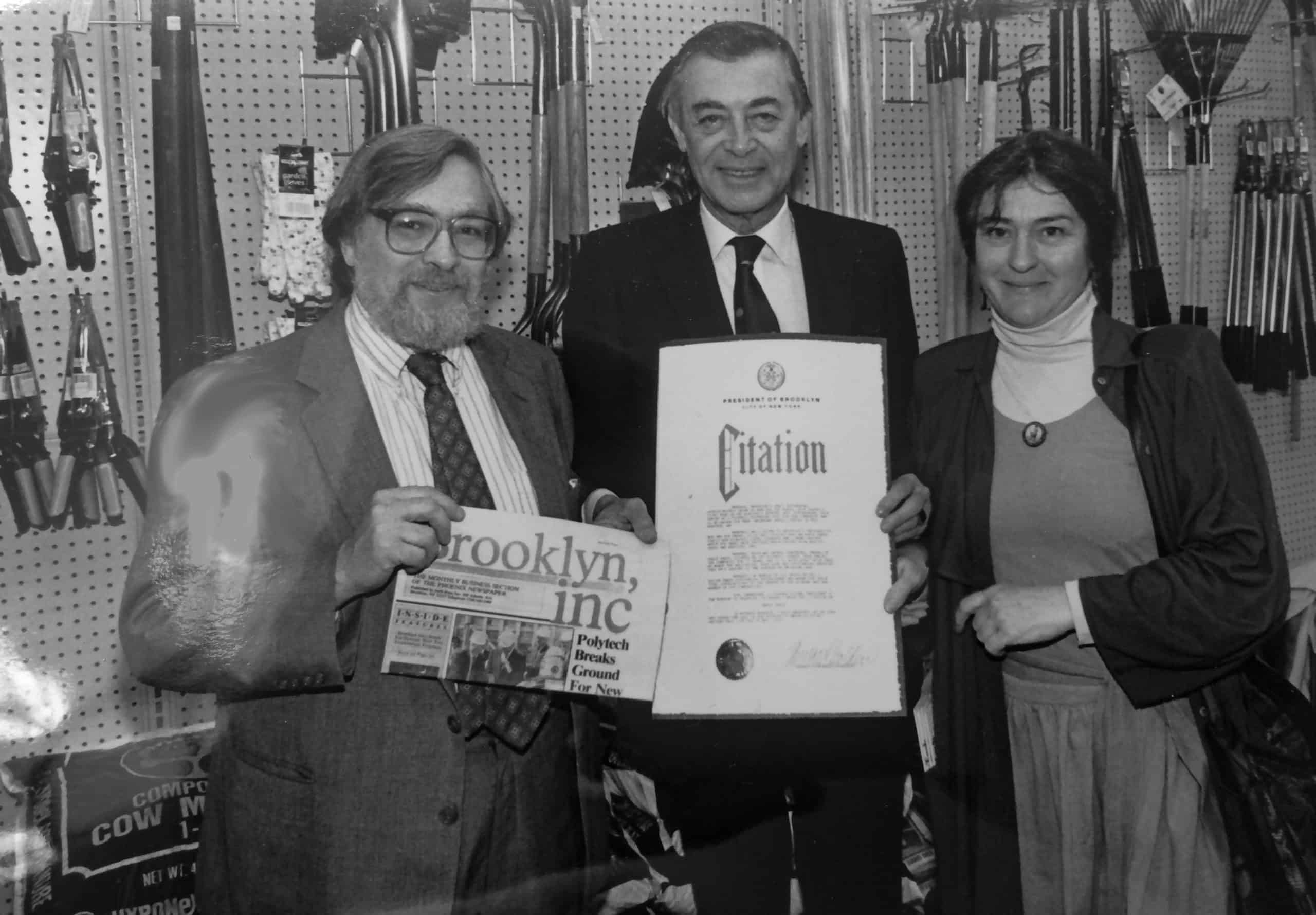
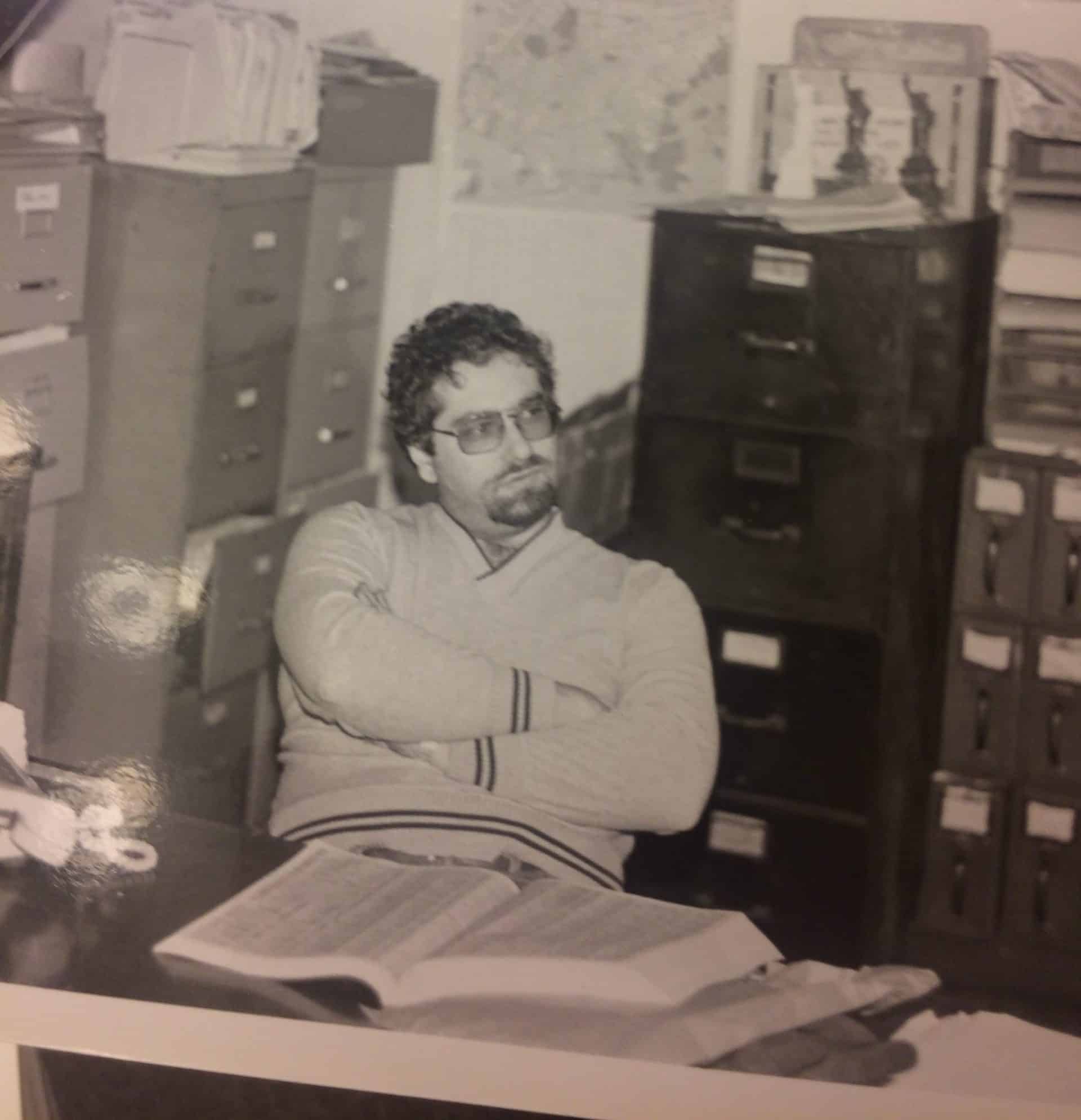
Author
-
Founder and editor of the Red Hook Star-Revue. George is also a musician and one-time progressive rock disk jockey, in York, Pennsylvania, also birthplace of Mrs. Don Imus.
View all posts
Founder and editor of the Red Hook Star-Revue. George is also a musician and one-time progressive rock disk jockey, in York, Pennsylvania, also birthplace of Mrs. Don Imus.

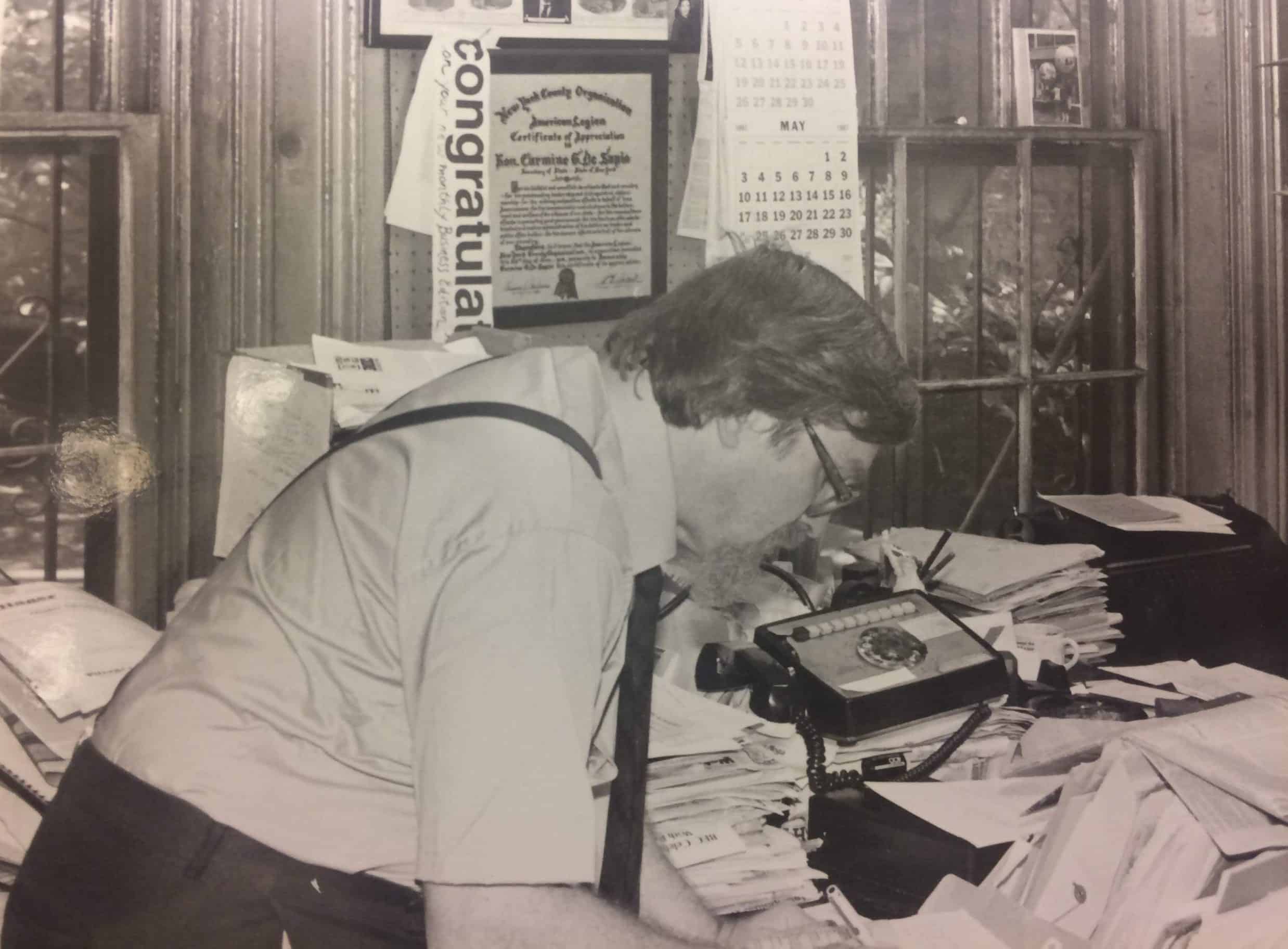





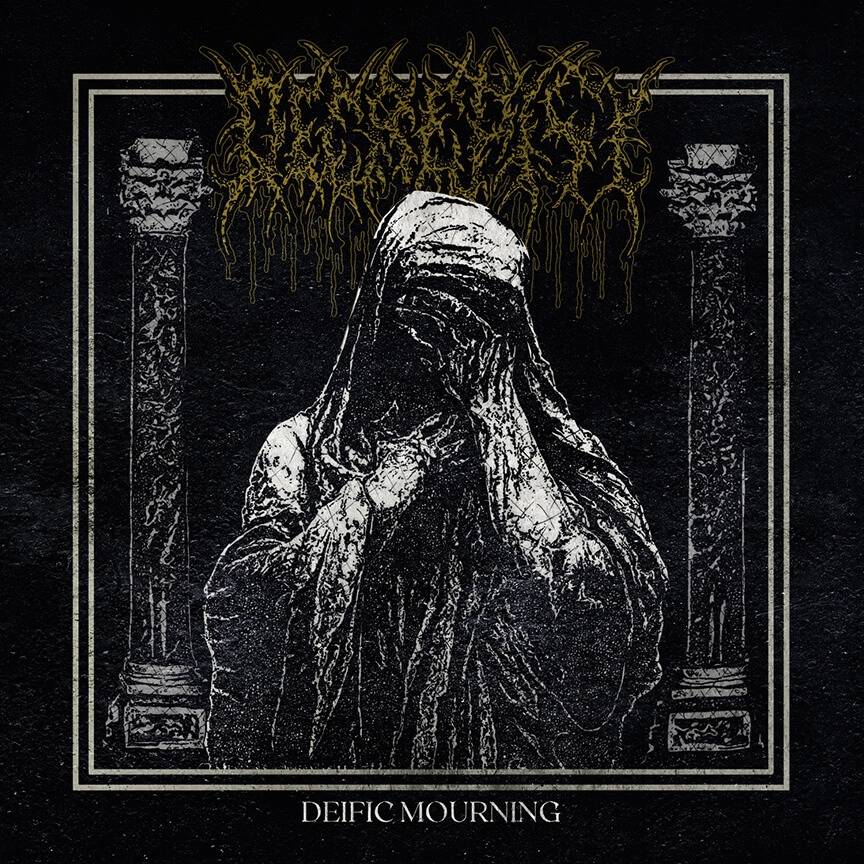
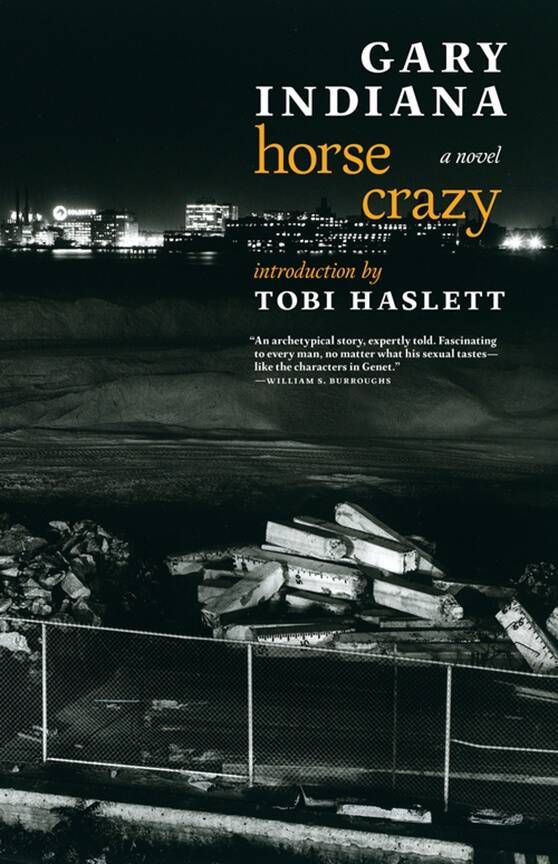
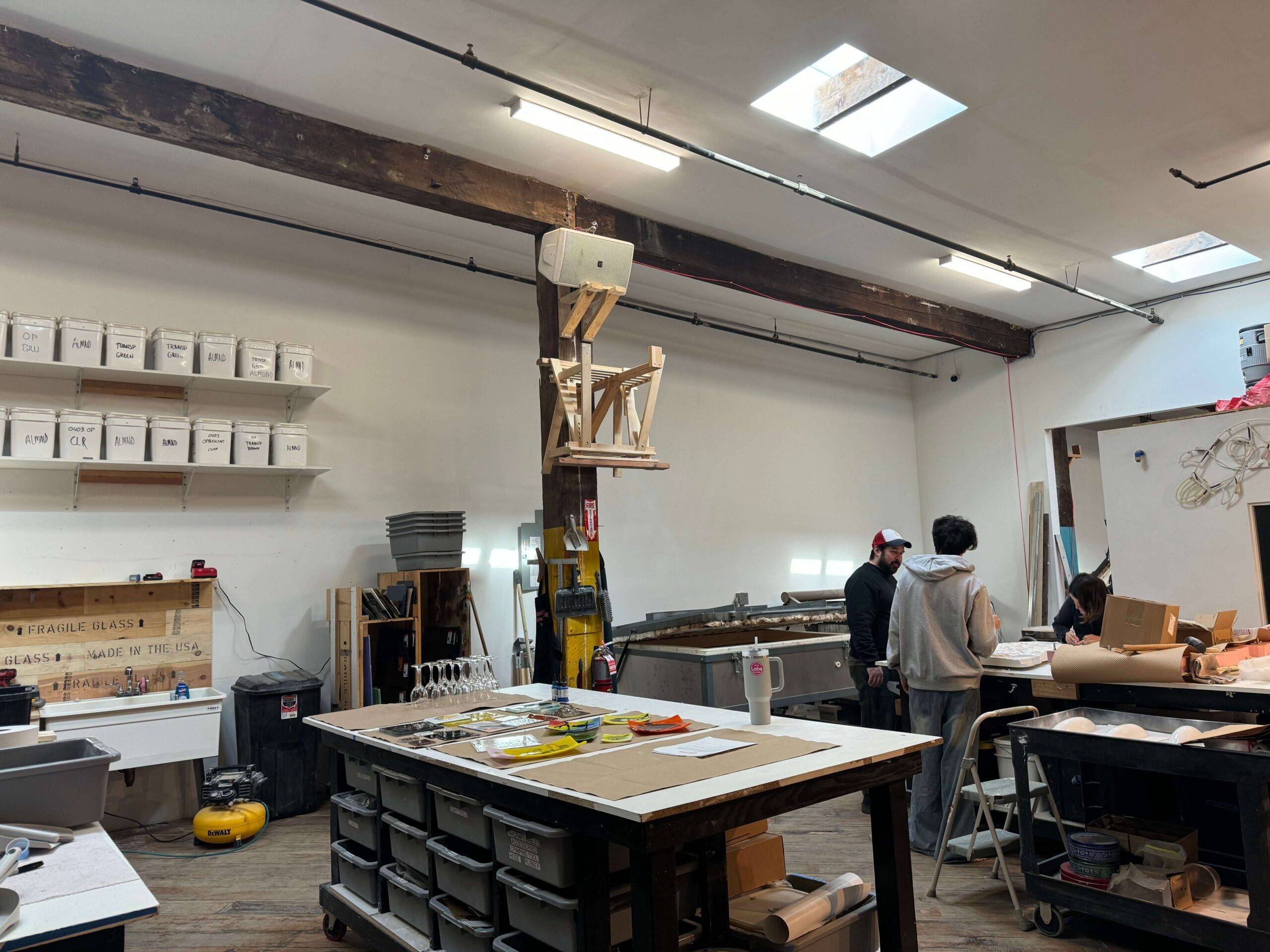

2 Comments
George, thank you for this article. It brought up so many memories and man, those monday and tuesday nights were the worst. The yelling didn’t stop there, it came home until they got the paper out only to do it again the next week. For us kids it was great because we knew they wouldn’t be home so we were able to hang out longer. Sometimes we would lose track of time and they would come home to a house full of my friends listening to rap music and break dancing. I laugh at this now but I hated it when it happened… They would walk in and see everyone and just explode. “Everyone get the fuck OUT!!!!!!!” and like 20 kids would go scrambling out the door. Man I hated that. My friend were like dude, I’m not coming over anymore. I’m scared of your parent. LOL. They wound up coming over anyway. I’m glad you put in the hard ships that went on in there. It’s what made that place memorable. The smell of the melted wax from that machine near the basement stairs, the cigar smell, the typesetting machine buzzing away, the creaky wood floors that you had to watch out for holes if you had a small foot, Boris!!!… That damn dog would run away from home only to show up at the Phoenix door. I really miss them…. I’m not crying, you are crying…
I truly enjoyed the pieces written about Mike Armstrong, his wife and the Phoenix paper they operated. I grew up in Park Slope and remember the paper well. My sister Tracy got her first journalism job there once graduated from Columbia. Today she is Executive Editor of The Daily Beast. She held many reporter and editor positions at well regarded large papers and news organizations after her years at Phoenix.
I know the Armstrongs’ son Aram. I felt terrible both times he informed about each parents’ passing. I too, lost my father to COVID, only a month ago. I know Aram’s parents passed from this world feeling proud of their son. He is a bright, talented, kind, hilariously funny, highly artistic and pretty damn well accomplished guy. We both are dealing with our terrible parental losses. I am grateful to count him as a friend Which I can relate to and feel comfortable sharing my feelings with about losing my dad. The Armstrongs did not only grace Brooklyn with a great neighborhood paper, they produced a wonderful son for whom my heart goes out to for the tremendous loss he has endured since losing his parents. Thanks for the two great pieces written about the Armstrongs. They made me smile during a time myself or anyone else is rarely feeling joyful.